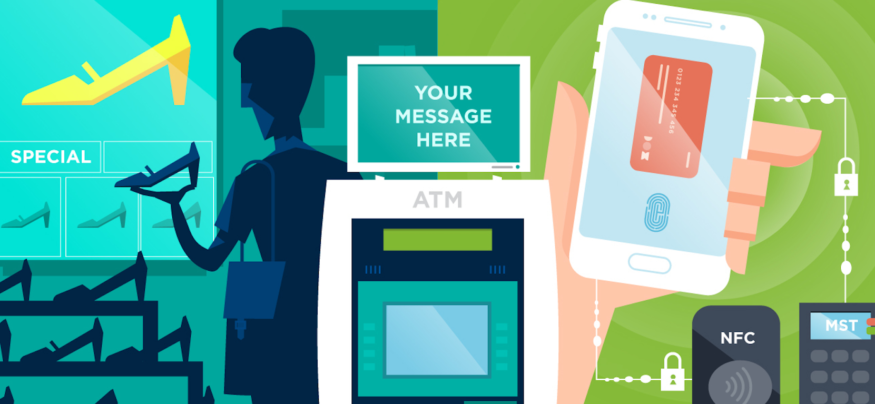Retailers may be ready to hang their 2016 calendars, but many are also reflecting on the biggest retail technology trends of 2015. For the hottest retail technology trends, 2015 clearly centered around the shopper. Whether using strategies to drive customer engagement, protect sensitive data or streamline payments, digital technology changed the pace of retail, and these same solutions are sure to continue driving expectations in the coming year.
The following were some of the top retail technology trends of 2015.
Digital Signage
Digital signage is among the top retail technology trends in 2015. Touted as electronic billboards that equated to slideshows of static messages, digital signs have evolved into interactive, even touch screen appliances that use full-motion video to emulate websites, promote product browsing or in some cases enable online shopping. As more retailers successfully adopted the solution this year, it became one of the hottest retail technology trends, 2015.
For example, Rebecca Minkoff and Bloomingdale’s added an interactive layer that enables shoppers to place orders, alert sales teams and even browse merchandise directly on a life-size screen. Some robust screens were also tied to beacons and other geo-location and geo-awareness functionality to directly engage individual shoppers. For example, Samsung features a single-source solution that ties messaging to mobile phones or tablets operated by store associates, so front-line associates can trigger messaging to connected shoppers on the fly — a move that contributes to a larger return on investment.
Virtual Reality
During 2015, mobility became a key component of the omnichannel business model. One category that garnered attention this year was wearable technology. Wearables, a term which refers to mobile solutions that can be worn, have small motion sensors that sync with consumers’ mobile devices. Experts predicted that 72.1 million wearable devices were expected to ship this year, an unprecedented jump from the 26.4 million units in 2014, according to the “Worldwide Quarterly Wearable Device Tracker” report from IDC.
To bolster usage, innovative companies are integrating virtual reality into the mix. Take Audi, for example. Audi applied the power of virtual reality in Audi City, the world’s first fully digital car showroom, located in London. Audi integrated a Samsung Gear VR headset, powered by Oculus software, which enables customers to have a “real-life” experience with the car. While wearing the sleek digital goggles, customers are immersed in a tour of the car’s features, led by an Audi designer, and armed to take a test drive — all from the comfort of a showroom chair. Early successes are driving Audi to add virtual reality headsets to all 115 UK Audi Centres.
Mobile Payments
Mobile payments were more than a retail technology trend in 2015 — they hit a tipping point this year as more consumers leveraged these digital wallets to store their debit and credit card numbers and electronically pay for purchases via smart devices. Typically, near-field communications (NFC) electronically initiates and secures payments between contactless payment terminals and shoppers’ devices. By the end of the year, five percent of the base of approximately 650 million NFC-equipped phones will be used at least once a month to make contactless in-store payments at retail outlets, according to “Contactless mobile payments (finally) gain momentum,” a report from Deloitte.
“We’ve been gradually prepared over the years to make payments by smartphone,” Paul Lee, head of global technology, media and telecommunications (TMT) research at Deloitte Touche Tohmatsu Limited, told CIO Journal. “Once you achieve a surge of usage among a community, you reach a tipping point.” Samsung Pay was among the catalysts of this year’s growth, with availability in South Korea, the United States and the United Kingdom.
The EMV Mandate
In more payment news this year, the long-awaited Europay, MasterCard, Visa (EMV) Liability Shift Mandate went into effect on October 1, 2015. This mandate urges retailers to accept EMV cards containing microprocessor chips, which create a unique code for each transaction that protects consumers’ payment card information. To further protect customer data, some retailers are opting for NFC processes that wirelessly transmit data though radio waves, transferring payment data from a wireless device to an NFC-equipped payment terminal.
Those still wary of NFC are considering magnetic secure transmission (MST), which transmits payment data between devices and payment terminals via magnetic waves. As Samsung Pay incorporated all of these options and managed security across Galaxy phones through its KNOX platform, it was instrumental in pushing mobile payments ahead as one of the hottest retail technology trends in 2015.





